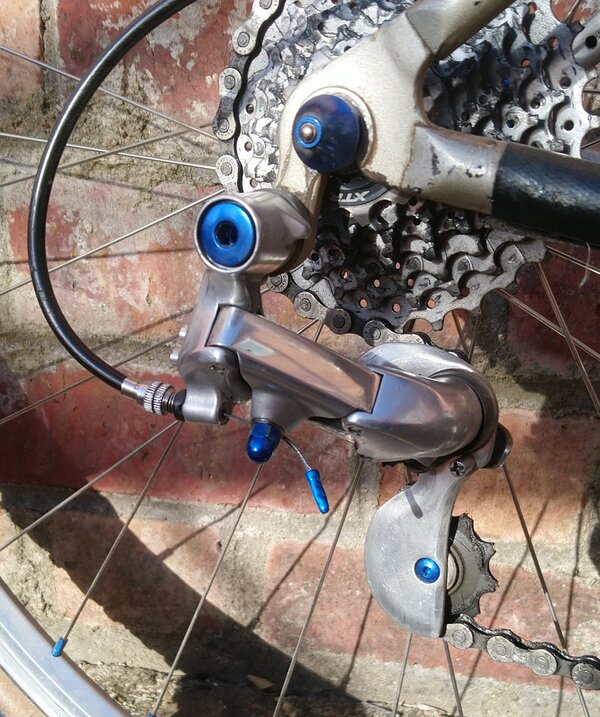- Feedback
- View
DA shifters can be a bit fernickerty when mixing up MTB and road rear mechs
The rear mechs are 'supposed' to be only used with DA but then Ultegra appears to work too and is often mentioned as compatible in the literature
front mechs are just a minefield of cage width, reach, cable pull etc etc - I only ever use bar-end shifters with MTB front mechs or at least a road triple if trying to index up some brifters
The rear mechs are 'supposed' to be only used with DA but then Ultegra appears to work too and is often mentioned as compatible in the literature
front mechs are just a minefield of cage width, reach, cable pull etc etc - I only ever use bar-end shifters with MTB front mechs or at least a road triple if trying to index up some brifters
